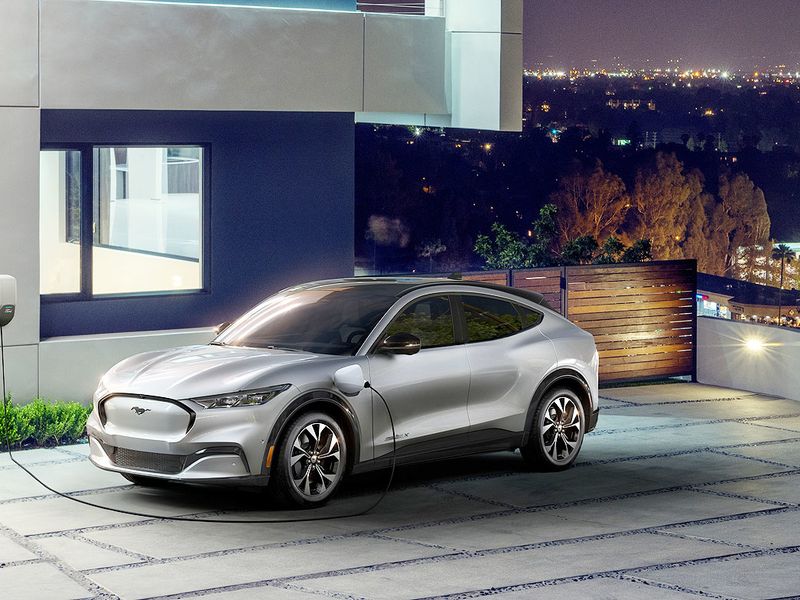
DETROIT — Ford Motor Co. says engineers have been able to boost the upcoming Mustang Mach-E electric crossover’s fast-charging capabilities on the rear-wheel-drive version by up to 30 percent ahead of its launch this year.
Ford says the electric vehicle’s rwd variant with an extended-range battery will gain 61 miles after 10 minutes plugged into a DC fast charger, up from initial estimates of 47 miles over that period. The all-wheel-drive model with an extended-range battery will gain 52 miles after 10 minutes.
Rwd variants with a standard-range battery will gain 46 miles over that period, while awd models with standard-range batteries will get 42 miles.
“We’ve made it a priority to make it faster to recharge [the] Mustang Mach-E, and we’re continuing to work with providers to ensure even more charge points are available through FordPass to make it easier to recharge,” Mark Kaufman, Ford global director, electrification, said in a statement.
FordPass is an app customers can use to monitor their vehicle battery levels, look for charging stations and remotely lock/unlock their vehicles, among other features.
Ford plans to add 1,000 charging stations to its network, which now features about 13,500 stations across the country in partnership with Electrify America. The stations will have roughly 40,000 plugs, Ford said.
Engineers have continued to tinker with upcoming products, including the Mach-E, from their home garages amid the coronavirus pandemic that has kept most workers out of offices and product development labs.
The Mach-E is the first Mustang crossover and the first awd Mustang. It will be built in Mexico at the automaker’s Cuautitlan assembly plant that is used to manufacture the Fiesta sedan.
The vehicle is at the center of Ford’s $11 billion investment in electrified vehicles through 2022. The company is expected to introduce 40 models over that period, including 16 battery-electric vehicles.
Ford executives in recent weeks have promised to continue to invest in the automaker’s product portfolio and electrification plans even as the company loses billions from the coronavirus crisis.